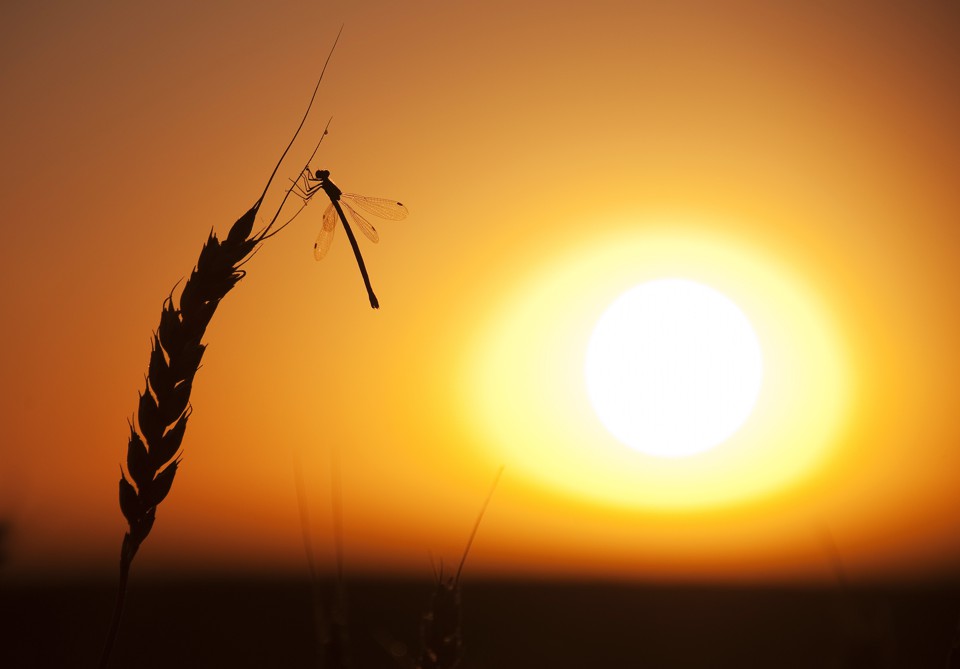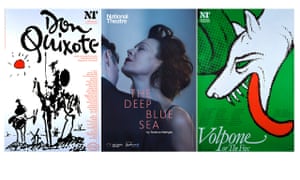via Arts & Letters Daily: Alan Pell Crawford in the Paris Review

FROM THE COVER OF HOW NOT TO GET RICH.
Like most of us, Mark Twain hated writing checks to other people. But there were times when he happily paid out large sums. Issuing a check for $200,000 drawn on the United States Bank of New York on February 27, 1886, for example, made him almost giddy. The check was made out to Julia Dent Grant, the widow of Ulysses S. Grant, the former president of the United States and commanding general of the Union Army, who had died of cancer the summer before, just after completing his remembrances of the Civil War. That payment represented the first profits from sales of volume one of the Personal Memoirs of Ulysses S. Grant, published only a few months earlier by Charles L. Webster and Company, a start-up publishing house Twain had established two years before. He had installed a nephew, Charles “Charley” Webster, as its business manager. Webster got his name on the letterhead and a salary, but that’s about all he got out of the position, besides aggravation. Twain made all the business and financial decisions, except when he didn’t feel like it.
Continue reading
==============================
via The National Archives Blog by Benjamin Trowbridge

Records of proceedings in the Court of Chivalry for the legal dispute between John Lord Lovell and Thomas Lord Morley over the right to bear heraldic arms of a black lion, rampant with a golden crown, on a silver field, 1385-86 (catalogue reference: C 47/6/1).
“The highest and most sovereign things a knight ought to guard in defence of his estate are his troth and his arms.”
These were the words of Richard Lord Scrope of Bolton proclaimed to Sir Robert Grosvenor in the presence of the king at the Palace of Westminster on 11 November 1391, recorded verbatim in the Calendar of the Close Rolls.
Sir Richard Lord Scrope had recently won the right to bear a certain shield of arms against Sir Robert Grosvenor (C 47/6/2), a Cheshire knight, after a four year dispute in the Court of Chivalry (1386-1390) and was now demanding his defeated rival pay recompense for damages and costs. The suit had been filed in the court in 1386 after it had become apparent during Richard II’s Scottish campaign the previous year that both parties had displayed similar arms: a gold bend (a thick strip running diagonally across the shield) against an azure (blue) background. It is likely that the duplication was accidental.
Continue reading
If you have any interest in this period of history then you will need to allow plenty of time for reading this item!!
==============================
via 3 Quarks Daily: Ed Yong in The Atlantic

The bottles were getting emptier: That was the first sign that something awful was happening.
Since 1989, scientists from the Entomological Society Krefeld had been collecting insects in the nature reserves and protected areas of western Germany. They set up malaise traps – large tents that funnel any incoming insect upward through a cone of fabric and into a bottle of alcohol. These traps are used by entomologists to collect specimens of local insects, for research or education. “But over the years, [the Krefeld team] realized that the bottles were getting emptier and emptier,” says Caspar Hallmann, from Radboud University.
Continue reading
==============================
via ResearchBuzz: Firehose: Howard Lee in Ars Technica
Last week [in October 2017], scientists released a monumental interactive catalog that tracks 94 ancient tectonic plates lurking deep within Earth’s mantle, a resource they’re calling an “Atlas of the Underworld.”
Although scientists have known for decades that tectonic plates plunge into the Earth’s interior at subduction zones, until recently, those plates disappeared off the geological map once they stopped generating earthquakes, which happens after they’re around 670km below the surface. In the last few years, seismic tomography, which uses waves from earthquakes to make images of the planet’s interior, has restored their visibility. It has revealed subducted plates sinking in the mantle all the way down to the core-mantle boundary, 2,900km below Earth’s surface.
Continue reading
==============================
via the Guardian by Michael Billington

National Theatre posters for Don Quixote, The Deep Blue Sea and Volpone. Composite: National Theatre
Theatre posters are by definition ephemeral. One of the few that has endured is Lautrec’s famous image of a Moulin Rouge dancer, Jane Avril, whose high-kicking cancan is seen from the perspective of a double-bass player. That is a rare example of the poster as a durable work of art. But, if most of them fade with the productions they are designed to promote, they are still worth preserving and the National Theatre has made a fascinating selection from the 1,700 posters in its archive. A handful are on display in an exhibition at the Olivier theatre’s Wolfson Gallery. An even larger collection can be found in a magnificent book, National Theatre Posters, in which Rick Poynor traces their design history.
Continue reading
==============================
James invented the ‘psychological novel’ in The Portrait of a Lady. How could I not follow the fortunes of its heroine?
via Arts & Letters Daily: John Banville in The Irish Times
Although I often feel that I have been reading him since I was in the cradle, the somewhat embarrassing fact is that I came late to Henry James. It was in the mid-1970s that I first read The Portrait of a Lady, the great achievement of his middle years, if not the greatest of all his novels, as many readers consider it to be. I fell at once under the spell of the Master, and have knelt at his knee ever since.
That first encounter with The Portrait took place in Florence, where I was staying with my wife and son, in an eccentric little hotel run by two cadaverous but kindly and almost identical brothers, in the Via della Scala.
It seemed to me a nice coincidence that so much of the action in the book I was reading takes place in Florence. However, there was a greater coincidence that I was unaware of at the time.
The hotel we were in stood only a few streets away from where, a hundred years previously, James had begun the composition of the novel, in a room overlooking the Arno, a river that is less river than slow-moving mudslide, thick as it is with alluvial marl the colour, and probably also the texture, of Colman’s Mustard.
Continue reading
==============================
via Interesting Literature
An introduction to the first great work of literary criticism
Aristotle was the first theorist of theatre – so his Poetics is the origin and basis of all subsequent theatre criticism. His Poetics was written in the 4th century BC, some time after 335 BC. The important thing is that when Aristotle’s writing his Poetics, Greek theatre was not in its heyday, but was already past its peak, and Aristotle was writing a good 100 years after the Golden Age of Greek tragic theatre – so in many ways it’s like a contemporary critic writing about the plays of Chekhov or Oscar Wilde. It’s past, the writers of the plays are already long dead, but they’ve survived and Aristotle is writing about them and highlighting their importance. What follows are some notes towards a summary of, and introduction to, Aristotle’s Poetics – the first great work of literary criticism in the Western world.
Continue reading
==============================
via OUP Blog by Amelia Carruthers

Featured image via Pixabay.
Our love of libraries is nothing new, and history records famous libraries as far back as those of Ashurbanipal (in 7th-century BCE Assyria) and Ancient Greek Alexandria. As society and culture have progressed, so too have our libraries. Even epochs such as the Middle Ages (known erroneously as the “Dark Ages” for its lack of learning and culture) had their share of renowned book collections. Indeed, the later Renaissance was only possible because of these stores of learning, preserved for centuries. The very concept of the Renaissance predicates access to a library, because if Antiquity were to be reborn, the guidelines for this rebirth had to emerge from research into the culture of Greece and Rome – which had to take place in a well-stocked library.
Continue reading
==============================
via Big Think blog by Robby Berman

(NASA/JPL)
The first clue appeared in 2016, when researchers found that water, ammonia, and methanol ice – the kind found in interstellar clouds where stars form, and in comets – could contain a range of molecule types, including ribose, a precursor of RNA. One of the great mysteries surrounding the origin of life on earth is the question of where its life-starting RNA came from. Maybe this meant it could have come from space, but some were skeptical: Was the ribose found in the ice a natural occurrence, or just lab contamination? Now a new study of ice’s weird behavior under space-like conditions answers that question: Ribose happens.
Continue reading
==============================
via Boing Boing by Andrea James

The five traditional senses are tied to visible sense organs, but depending on the definition, humans possess dozens of senses, including thermoception (temperature), proprioception (bodily spatial relations), nociception (pain), equilibrioception (balance), and mechanoreception (vibration).
Continue reading (and watch video)
No comments:
Post a Comment